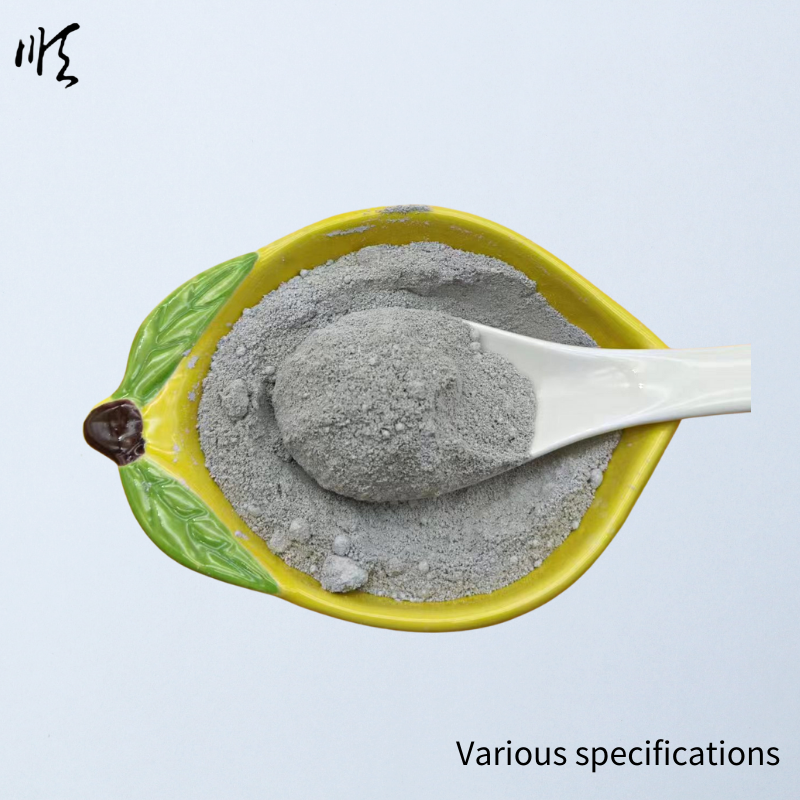
dry fly ash
The Role of Dry Fly Ash in Modern Construction
In the ever-evolving field of construction and civil engineering, the search for sustainable materials is more prominent than ever. Among various innovative solutions, dry fly ash has emerged as a significant player in enhancing the properties of concrete and other building materials. This article explores the composition, advantages, and applications of dry fly ash, emphasizing its role in promoting sustainable construction practices.
Understanding Dry Fly Ash
Fly ash is a by-product of the combustion of pulverized coal in electric power plants. When coal is burned, fine particles are released into the flue gases, which are subsequently collected using electrostatic precipitators. The fine particles that do not settle out are known as fly ash. Dry fly ash refers specifically to the ash that has been collected and processed without water, allowing it to maintain a dry form.
The chemical composition of fly ash typically includes silica, alumina, iron oxide, and calcium oxide. This composition is crucial because it defines the pozzolanic properties of the ash, which are essential in enhancing the performance of concrete. When mixed with lime and water, pozzolans react chemically to form compounds that contribute to the strength and durability of the resulting material.
Advantages of Using Dry Fly Ash
One of the most significant advantages of incorporating dry fly ash into construction materials is the enhancement of concrete properties. When used as a partial replacement for Portland cement, dry fly ash can improve the workability, durability, and strength of concrete. It helps to reduce the heat of hydration, making it particularly beneficial in large-scale structures where excessive heat can cause cracking.
Moreover, dry fly ash increases the long-term strength of concrete. The pozzolanic reaction continues over time, leading to further strength gains. This characteristic makes concrete systems containing dry fly ash particularly appealing for projects requiring longevity and low maintenance.
Additionally, the use of dry fly ash contributes to sustainability
. By using a by-product of coal combustion, construction projects can reduce their reliance on virgin materials. This practice not only decreases the overall carbon footprint of construction but also helps manage industrial waste, leading to a more circular economy.dry fly ash

Applications of Dry Fly Ash
Dry fly ash has versatile applications in the construction industry. It is widely used in the production of concrete, where it serves as a partial replacement for Portland cement in ready-mix concrete. Many precast concrete products, including pipes, blocks, and slabs, also incorporate dry fly ash due to its beneficial properties.
In addition to concrete, dry fly ash can be used in soil stabilization projects. Its pozzolanic activity enhances the mechanical properties of soils, making it an ideal additive for constructing road bases and embankments. This application not only improves soil stability but also reduces the use of traditional stabilizers such as lime and cement, leading to both cost savings and environmental benefits.
Furthermore, dry fly ash can be mixed with other materials in the development of lightweight aggregate. Its lightweight nature makes it suitable for producing aerated concrete blocks and plasters, contributing to the creation of energy-efficient structures that require less energy for heating and cooling.
Challenges and Considerations
While the benefits of dry fly ash are numerous, its use also presents certain challenges. The variability in the quality and composition of fly ash, depending on the source of coal and the combustion process, can affect its performance. Consequently, thorough testing is essential to ensure that the specific type of fly ash meets the required standards for particular applications.
Moreover, there are environmental concerns associated with the use of fly ash, particularly regarding the potential release of heavy metals if not properly managed. It is crucial for the construction industry to implement stringent quality controls and environmental assessments to mitigate these risks.
Conclusion
Dry fly ash is more than just an industrial by-product; it is a valuable resource that contributes to sustainable construction practices. By improving concrete properties and reducing environmental impact, dry fly ash plays a pivotal role in moving the construction industry towards a more sustainable future. As the demand for green building practices continues to rise, the significance of innovative materials like dry fly ash will only grow, shaping the structures of tomorrow while respecting the planet.
Share
-
Premium Pigment Supplier Custom Solutions & Bulk OrdersNewsMay.30,2025
-
Top China Slag Fly Ash Manufacturer OEM Factory SolutionsNewsMay.30,2025
-
Natural Lava Rock & Pumice for Landscaping Durable Volcanic SolutionsNewsMay.30,2025
-
Custom Micro Silica Fume Powder Manufacturers High-Purity SolutionsNewsMay.29,2025
-
Custom Mica Powder Pigment Manufacturers Vibrant Colors & Bulk OrdersNewsMay.29,2025
-
Custom Micro Silica Fume Powder Manufacturers Premium QualityNewsMay.29,2025






